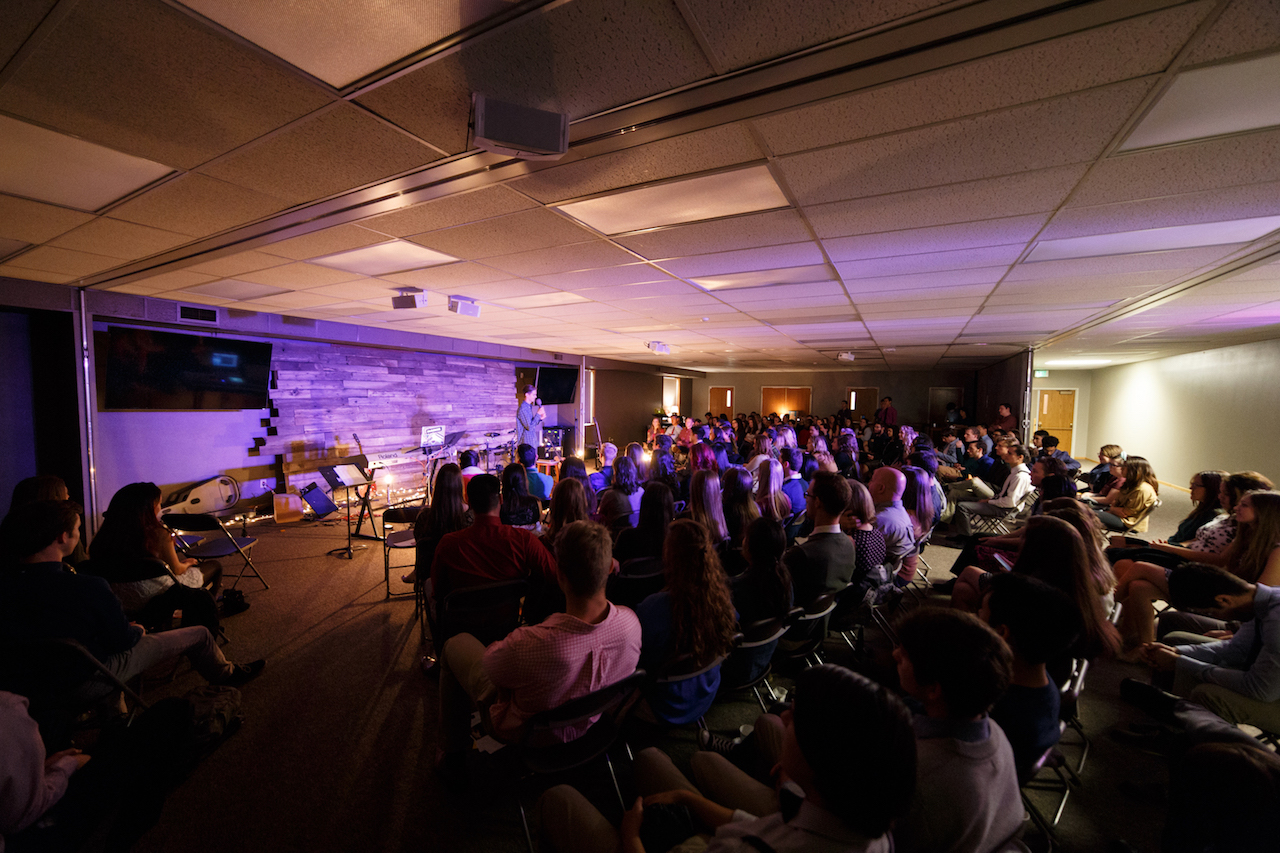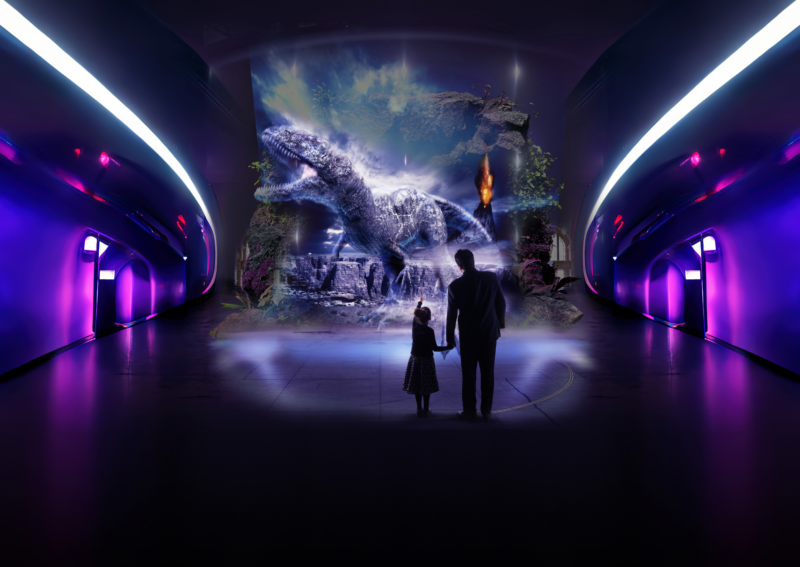Church AV Trends: Unusual Aspect Ratio Video Walls
As multi-site churches expand their reach with additional locations into retail areas and school buildings to accommodate a larger attendance at these remote ‘satellite’ campuses, the needs for AVL shift away from so-called ‘big box’ venues with high ceilings and ample room to venues with lower ceilings and limited sightlines. The opportunity for audiovisual (AV) integrators is to introduce large flat-panel monitors or, in perhaps the most flexible use of modular design, unusual aspect ratio video walls.
While the ubiquitous projector has been the stalwart of installations in the House of Worship market for over 30 years now, the combination of modular LED walls and low-bezel flat panels along with the significant drop in price point for these technologies have opened have opened up new opportunities for churches in unusual venues with difficult sightlines or severely low ceilings.
Stop Thinking Inside the (Square-ish) Box
In the 1990s, 4:3 aspect ratio was standard for projection in most markets, including churches. As the 2000s arrived, however, 4:3 aspect ratio followed the rise of 16:9 aspect ratio due to the influx of “high definition” (1080p resolution for the most part at that time) and churches found the new wider format more useful for a key portion of their services: congregational singing (see the two examples below).

4:3 aspect ratio display of song lyrics is long outdated.

16:9 aspect ratio display of song lyrics has been the standard since the 2000s.
Churches found that using 16:9 projection or flat panel displays allowed the song lyrics to be typed in sentences where the cadence of the song was finally able to be ‘typed like it was sung,’ leading to a plethora of new software companies to race into the HoW market with song lyric display software. I wrote about this starting in 2002, which I referenced in a post here on rAVe back in 2016.
As of the writing of this article in 2019, AV integrators today have an opportunity to literally stop thinking inside the box, where the box is the typical 16:9 rectangle of video projection for the rapid expansion of multi-site and so-called portable churches.
Multi-site and Portable Churches Ideal for Modular Video Walls
One of the common issues with temporary venues, such as schools and small retail locations (churches often rent in a so-called ‘strip mall’ to be centrally-located in a community), is the notably reduced ceiling height compared to the vast majority of church buildings. Retrofitting a retail space as a church auditorium often comes with design compromises, including sightline issues for various seats in the venue.
The photos below demonstrate the difficulty of adding an elevated platform for the singers and pastors to face the entire audience when the ceilings are low to begin with.

Large flat-panel LED displays flank the left and right side of the low-ceiling stage.

Retail spaces rented by churches often create extremely limited sightlines due to the use of an elevated platform and a low drop-tile ceiling.
Even when a church has limited ceiling elevation to work with, as was the case with the retrofit for National Community Church in Washington, D.C., the structural supports spanning the room often create the lowest point of obstruction for limited sightlines. A clever solution by Summit Integrated Systems out of Colorado demonstrated the use of a modular video wall to create a 1:11 (approximate) aspect ratio display for song lyrics, sermon notes and additional content normally found in a ‘lower-third’ type of video display. The clever solution allows audience members in the vast majority of seats to have at least one sightline to a display.

Mounted video walls in unusual aspect ratios make the most of the limited sightlines by mounting directly to concrete structural support while displaying the limited vertical requirements of song lyric display. Photo courtesy of Summit Integrated Systems.
Even with limited height, other churches have utilized unusual aspect ratios (see the 9:48 below) to provide visible sightlines to the audience. The common theme is working within the confines of the space by utilizing display technology in unusual aspect ratios for quality results.

Catalina Church in Tucson, Ariz. utilizing three screens in a triple-wide format. Photo courtesy of Matrox.
New (Unusual) Solutions to Boost Church AV Sales
For AV systems integrators and the manufacturers behind these technologies, the outside-of-the-box thinking demonstrated in the examples above illustrate something huge for increasing sales in the church market: solving old problems within both existing church venues and providing helpful alternatives for the multi-site and portable church markets. With hundreds of thousands of churches in the U.S. alone, this opportunity to leverage technology in unusual ways represents new sales opportunities in a market heavily invested in projection technology.
How many churches could your firm reconnect within inside your existing database of so-called ‘old’ leads? This kind of opportunity gives your marketing and sales teams a new way to land business with this still underserved market. The unusual aspect ratio video walls are yet one more way for the AV industry to serve the HoW market with amazing technology in unconventional ways.
What do you think about selling video wall technologies in unusual aspect ratios for churches?





